
Gold Colored Tripitaka Pali Canon, Burma, around 1900 Paper, golden lacquerBurma, around 1900Flor
Buddhism - Pali Canon, Tipitaka, Dharma: The earliest systematic and most complete collection of early Buddhist sacred literature is the Pali Tipitaka ("Three Baskets"; Sanskrit: Tripitaka). Its arrangement reflects the importance that the early followers attached to the monastic life (Pali and Sanskrit: Vinaya), to the discourses of the Buddha (Pali: Sutta), and subsequently to the.
:max_bytes(150000):strip_icc()/GettyImages-114216714-56a0c5695f9b58eba4b3adf8.jpg)
Tripitaka
Umat Buddha membaca paritta Pancasila di setiap kebaktian. Isi Pancasila dalam kitab Tripitaka adalah sebagai berikut: 1. Panatipata veramani sikkhapadang samadiyami. Aku bertekad melatih menahan diri dari membunuh makhluk hidup. 2. Adidana veramani sikkhapadang samadiyami.
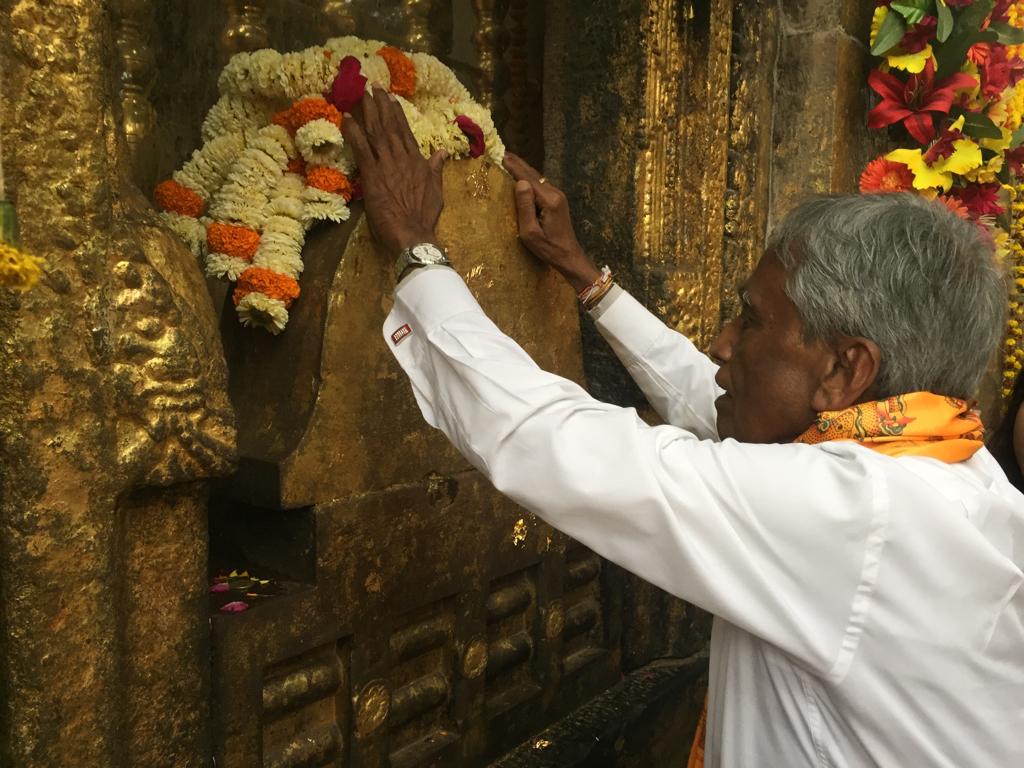
Celebrating the Tripitaka Week in Northern India Ministry of Foreign Affairs Sri Lanka
Tripitaka. Tripiṭaka ( Pali: Tipitaka) is a Sanskrit word meaning Three Baskets. It is the traditional term used by Buddhist traditions to describe their various canons of scriptures. The expression Three Baskets originally referred to three receptacles containing the scrolls on which the Buddhist scriptures were originally preserved.
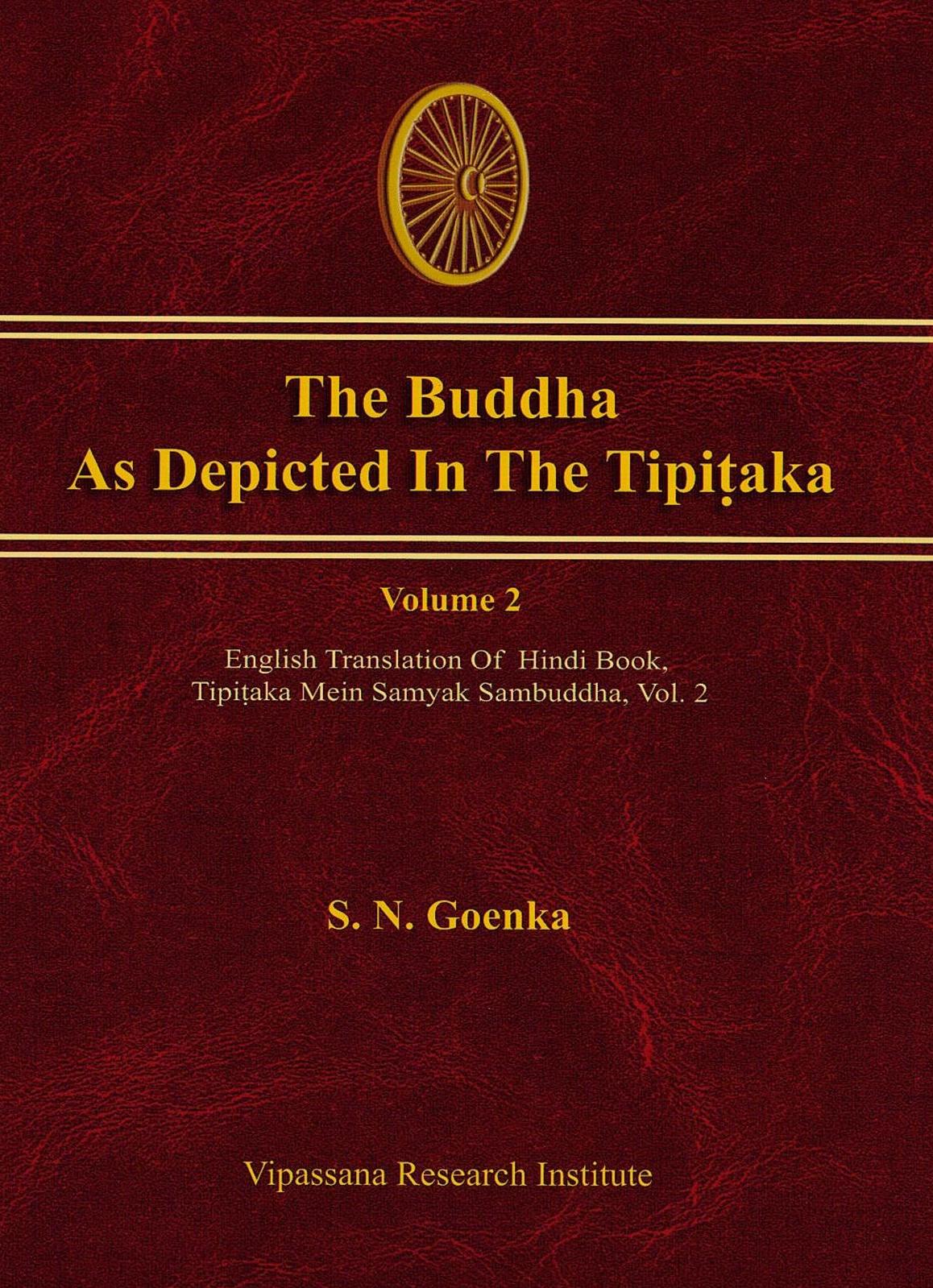
Tripitaka
Sutta Pitaka berisi khotbah Buddha selama 45 tahun mengajarkan Dhamma yang berjumlah 84.000 Sutta, Vinaya Pittaka berisi peraturan Bhikkhu atai Biksu dan Bhikkuni, sedangkan Abhidhamma Pitaka berisi ilmu filsafat dan metafisika dari Agama Buddha. Baca juga: Memahami Nama Pemuka Agama Buddha untuk Laki-Laki dan Perempuan.
Lesson Religious Texts (2)
Tripitaka Pāli, dikenal juga sebagai Kanon Pāli atau Tipiṭaka, adalah versi Tripitaka yang diakui oleh agama Buddha aliran Theravāda yang dilestarikan dalam bahasa Pāli. [1] Kumpulan ini merupakan satu-satunya kanon terlengkap yang masih tersedia sejak masa Buddhis awal, dan merupakan teks Buddhis yang dikodifikasi pertama kali. [2]

41 parcels, 400 volumes and 12 metres of shelves The Bayerische Staatsbibliothek receives a
The Tipitaka, also known as the Pali Canon, is a collection of texts that is considered the most important in Theravada Buddhism. It is a vast body of literature that covers a wide range of topics, from the teachings of the Buddha to the history of the early Buddhist community. The word "Tipitaka" means "three baskets," and it is.

A Good but Puzzling Day *Dhamma
The Dhammapada is the second book of the Khuddaka Nikaya of the Suttanta Pitaka, consisting of four hundred and twenty-three verses in twenty-six chapters arranged under various heads. In the Dhammapada are enshrined the basic tenets of the Buddha's Teaching. Verse (21) which begins with "Appamado amatapadam" meaning "Mindfulness is the way to.
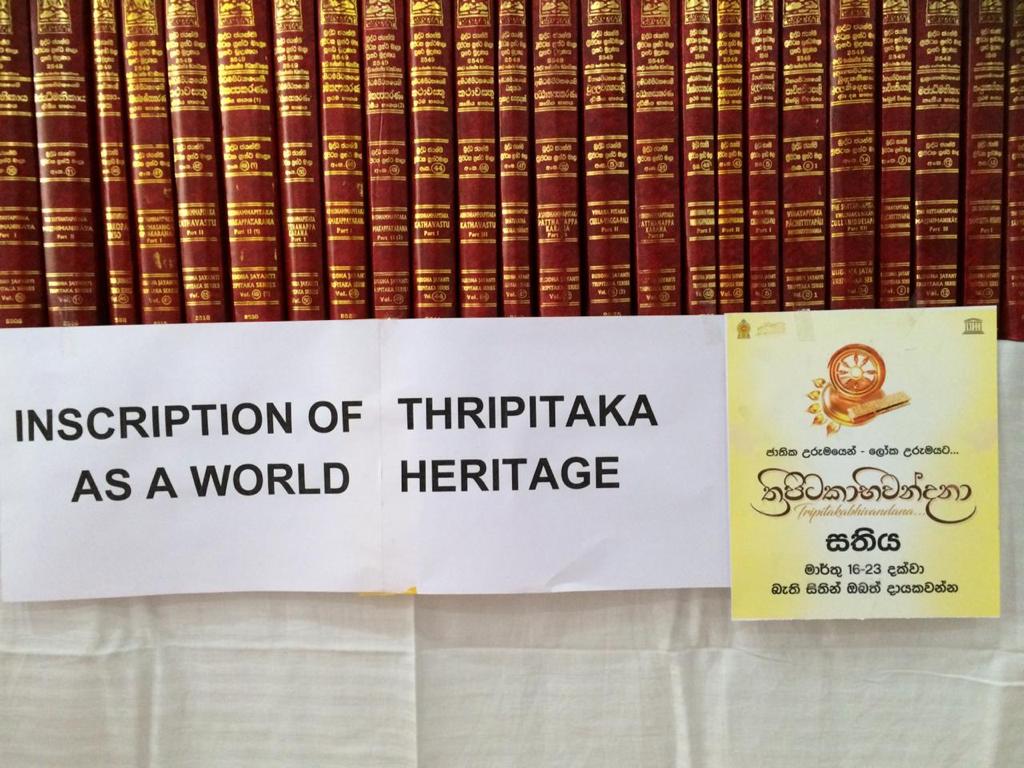
Celebrating the Tripitaka Week in Northern India வெளிநாட்டு அலுவல்கள் அமைச்சு இலங்கை
Tri-Pitaka (or Tipitaka) Tripitaka is the collection of the teachings of the Buddha over 45 years in the Pali language, and it consists of Sutta - conventional teaching, Vinaya - disciplinary code, and Abhidhamma - moral psychology. T he Tripitaka was compiled and arranged in its present form by those Arahants who had immediate contact with the.
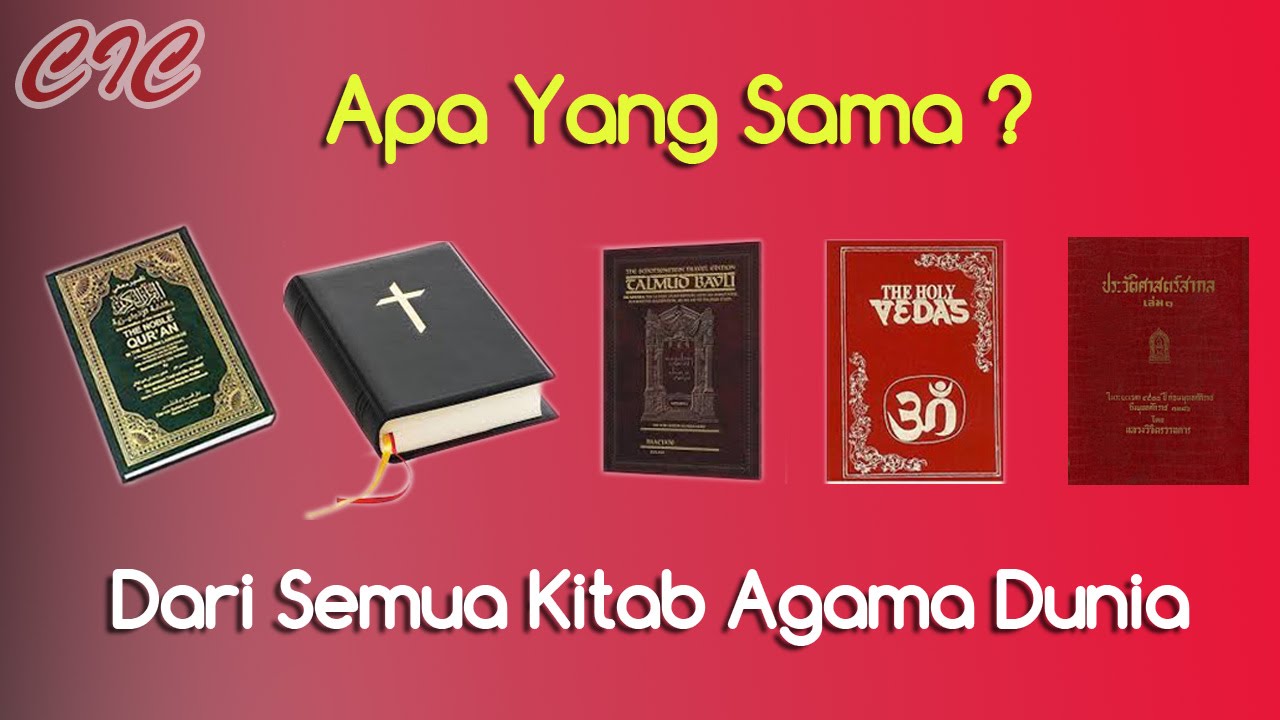
MacammacamJenisKitabSuciDIDunia Berita Kitab di Dunia Saat Ini Gevenvabible
The Goryeo Daejanggyeong (Goryeo dynasty Tripitaka), known as the "Tripitaka Koreana" to the modern scholarly world, is a Korean collection of the Tripitaka (Buddhist scriptures). Carved onto 81,258 wooden printing blocks in the 13th century, under commission by the Goryeo dynasty of Korea (918-1392 CE), it is currently stored at Haeinsa.
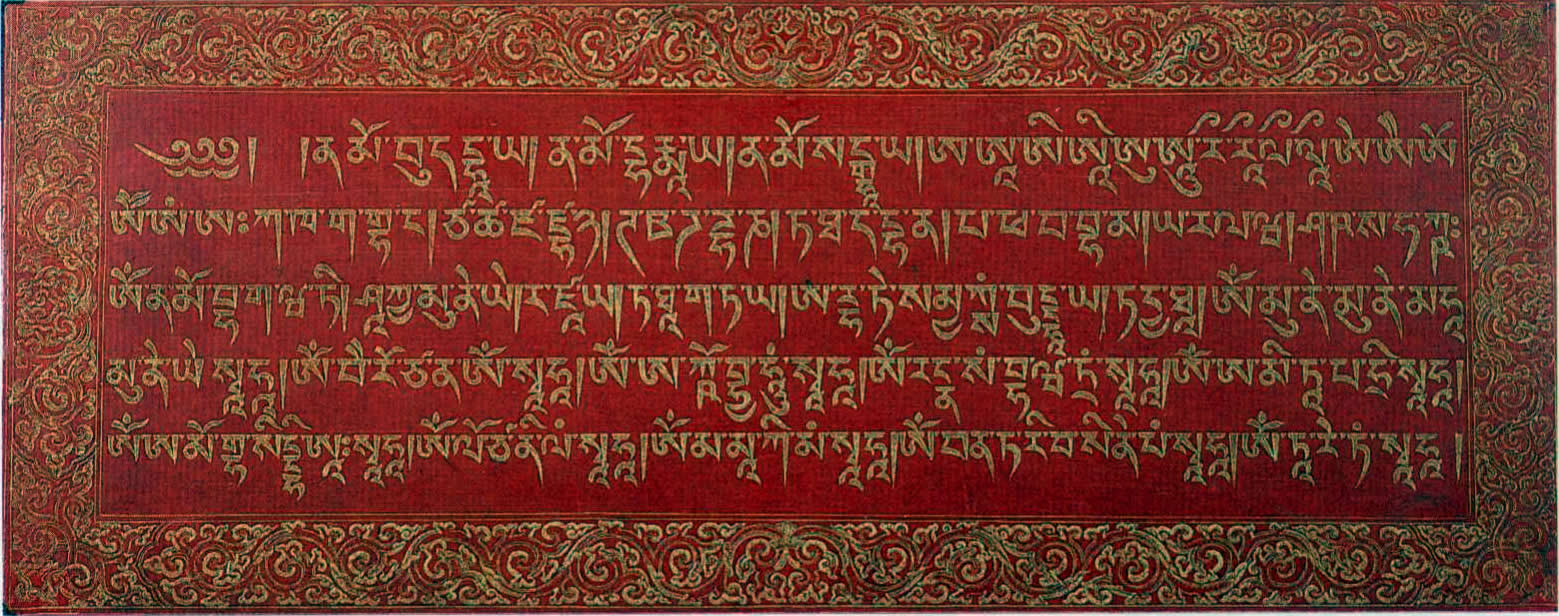
dharmaterapia El Tripitaka o Canon Pali
Tipiṭaka ( Pāli ), or Tripiṭaka (Sanskrit: त्रिपिटक), means "Three Baskets". [1] It is a compound Pāli word ti or Sanskrit word of tri (त्रि), meaning "three", and piṭaka (पिटक) or piṭa (पिट), meaning "basket". [1] The "three baskets" were originally the receptacles of the palm-leaf manuscripts on.

Tripitaka
The texts of the Tripitaka are organized into three major sections — the Vinaya-pitaka, containing the rules of communal life for monks and nuns; the Sutra-pitaka, a collection of sermons of the Buddha and senior disciples; and the Abhidharma-pitaka, which contains interpretations and analyses of Buddhist concepts.In Pali, these are the Vinaya-pitaka, the Sutta-pitaka, and the Abhidhamma.
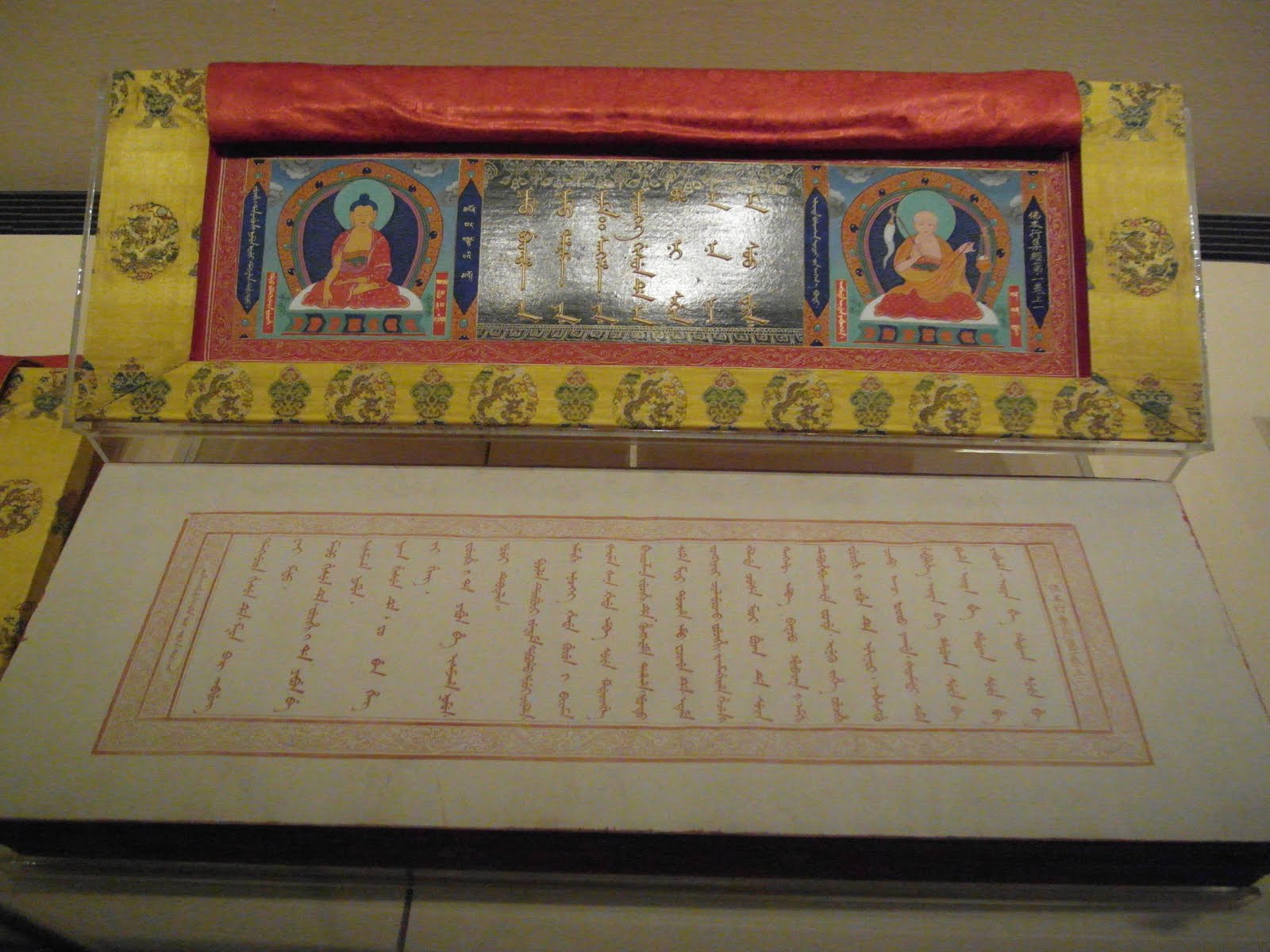
O Que Significa O Tripitaka Para O Budismo AskSchool
Tripiṭaka ( bahasa Pali: Tipiṭaka; bahasa Sanskerta: Tripiṭaka) merupakan istilah yang digunakan oleh agama Buddha untuk menggambarkan berbagai naskah kanon mereka. [1] Sesuai dengan makna istilah tersebut, Tripiṭaka pada mulanya mengandung makna "tiga keranjang" atau "tiga kelompok" pengajaran: Sūtra Piṭaka (Sanskrit; Pali.
Tripitaka >> Three Baskets >> Buddhist Scriptures IAS OUR DREAM
The Tripitaka (called Tipitaka in Pali) is the earliest collection of buddhist writings. Initially, they were composed orally, but were written down by the third century bce. The word means "the three baskets," (tri=three, pitaka=baskets), and refers to the way the texts were first recorded. The early Writing material was long, narrow leaves, which were sewn together on one side.

Tripitaka Koreana’ to be open to public for first time Buddhist Times News
Tripitaka. The Tripiṭaka ( Sanskrit) or Tipiṭaka (Pāli) meaning: "three baskets"), is the formal term for the earliest surviving canon of Buddhist scriptures, also called the "Pali Canon" named after its language of composition. The contents of the Tripitaka fall into three general groupings, which are as follows:

The Ceylon Times Tripitaka declared as a National Heritage.
DHAMMAPADA I. YAMAKA VAGGA - Syair berpasangan II. APPAMADA VAGGA - Kewaspadaan III. CITTA VAGGA - Pikiran IV. PUPPHA VAGGA - Bunga bunga V. BALA VAGGA - Orang bodoh VI. PANDITA VAGGA - Orang bijaksana VII. ARAHANTA VAGGA - Arahat VIII. SAHASSA VAGGA - Ribuan IX. PAPA VAGGA - Kejahatan X. DANDA VAGGA - Hukuman […]
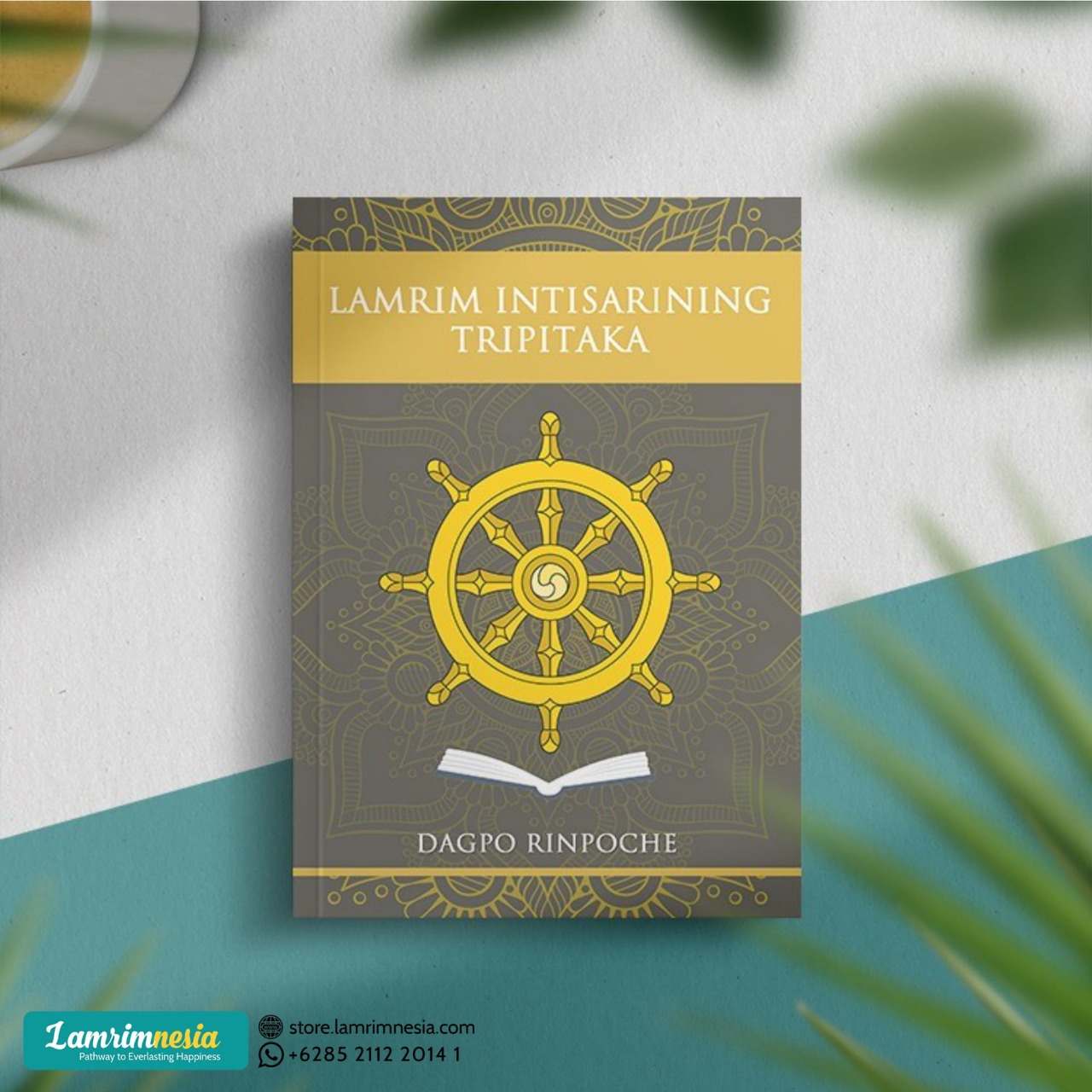
Lamrim Intisarining Tripitaka Lamrimnesia Store
2 Preface by Acharya Buddharakkhita The Dhammapada is the best known and most widely esteemed text in the Pali Tipitaka, the sacred scriptures of Theravada Buddhism.